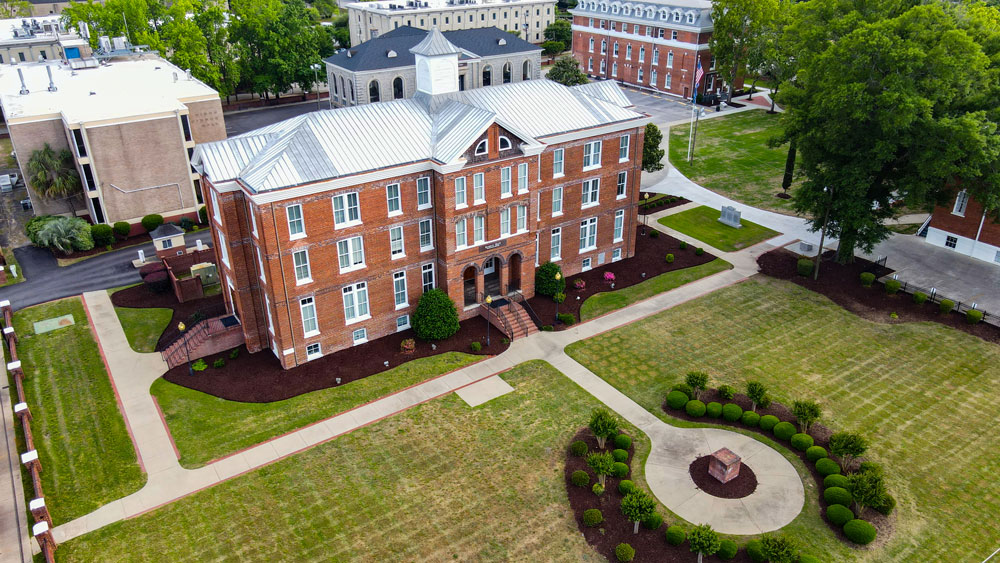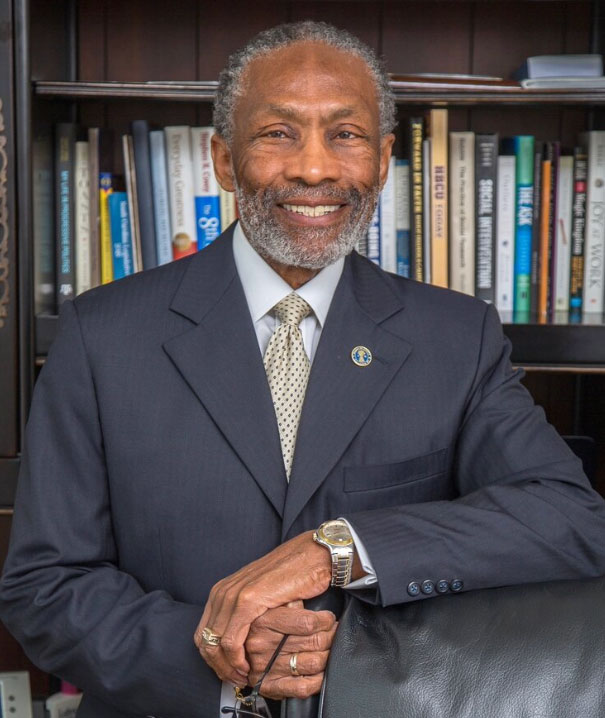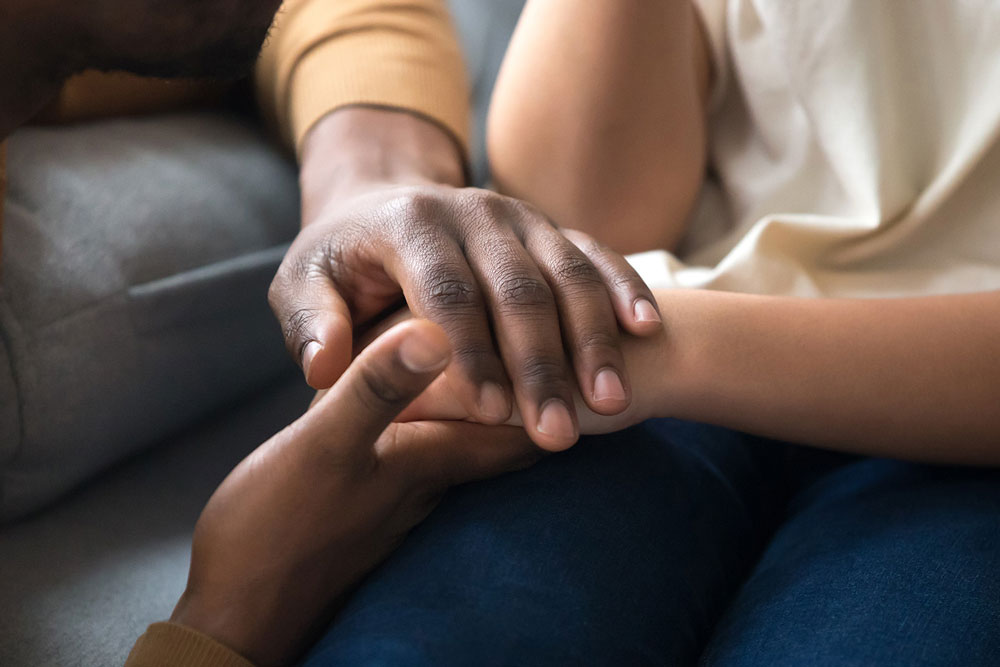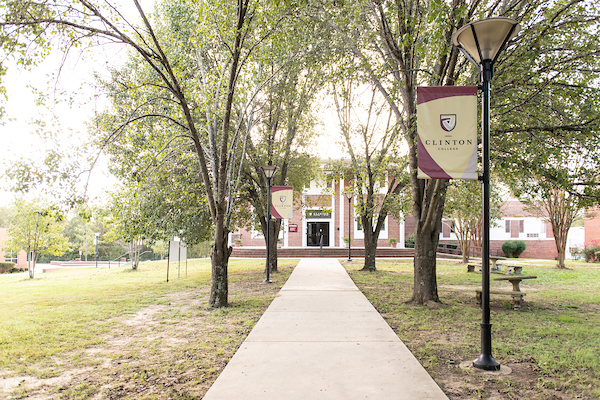Preserving History, Building a Better Future

Feb. 24, 2022
The Good Samaritan-Waverly Hospital in downtown Columbia provided medical care to Black Americans during the Jim Crow era. The hospital was managed by courageous, trailblazing physicians, nurses and health care workers. The building has been vacant for decades, but soon it will have a new purpose.
Allen University’s Waverly Project will give the historic building a new place in our modern community. The building will house the Boeing Institute on Civility, several memorials and the new School of Education. It will also host summer STEM camps for students. BlueCross BlueShield of South Carolina has supported the effort.
University President Dr. Ernest McNealey talked to us about the project and the vision for the important building.

Can you tell us about the Waverly Project?
The thing that brought my attention to it is the historical nature of the building. There was a time when it was the hospital for African Americans in Columbia. About four years ago, we started a conversation on campus and with local citizens about the notion of civility and how one could build a set of courses and experiences for people to develop some understanding of how to engage one another. How can different points of view be introduced in a civil manner? That was the genesis of the project. We also thought the project would be a good, tangible way to honor the Emanuel Nine (the nine individuals who tragically lost their lives on June 17, 2015, when a gunman entered Mother Emanuel AME Church in Charleston).
What is the significance of the hospital?
There was a time throughout much of the region when you had Jim Crow laws and provisions for separate but equal — separate theaters, separate hospitals. The Good Samaritan-Waverly Hospital was the hospital for African Americans in Columbia. This should be something we want to memorialize. Part of the project includes a museum in the building to permanently honor those early physicians and nurses who were part of the hospital.
Why is this important today?
The overall project is important, but it was driven by the Boeing Institute on Civility. A major part of the programming and support stemmed from that. There seems to be an inability for people who have different points of view to engage one another, to understand each other. You will see inefficiencies in workplaces because of tensions, in terms of people not being able to find common ground, often centering around something as simple as language.
The renovated building will be for multiple uses. Can you talk about how the space will be used?
Aside from housing the Boeing Institute on Civility, part of the building will house our new teacher education program. We hope to place an emphasis on enrolling male students so the population of male teachers in elementary schools might grow. The instruction will be heavily technology-driven to allow multisensory ways of learning.
What kind of impact do you hope this project has on our community?
The building itself will be symbolic. The project has provided jobs and generated revenue in the community. It will prepare teachers for jobs throughout the city and state. There will be two areas for displays to honor African Americans. The African American Hall of Fame, for instance, will tell the stories of exceptional accomplishments by individuals from South Carolina. Unlike other civil rights museums that focus on struggles, this will be fully focused on triumphs. It will house the Waverly Wall Museum Portrait Display. Quite a few individuals who live in Columbia were born in that building. In addition to celebrating the doctors and nurses who worked there, we hope to show some of the prominent individuals who were born there. It will connect the community to a time when self-preservation and self-help were very much apparent. It will speak about the success of individuals who call South Carolina home. The building is a tangible, physical manifestation of several programs that will be beneficial across the state.
Related Reading:
 How BlueCross Gave Back in 2021
How BlueCross Gave Back in 2021
As one of the largest companies in the state, BlueCross has a responsibility to give back to the communities it serves. In 2021, BlueCross and its employees helped South Carolinians from the Upstate to the Lowcountry, from the Pee Dee to the Midlands.
Read More 5 Questions With Sistercare
5 Questions With Sistercare
The number of people struggling with intimate partner violence in South Carolina is staggering. October is Domestic Violence Awareness Month. Ann Kita, executive director of Sistercare, answers a few questions about the work her organization does in South Carolina.
Read More Preparing Students for Successful College Experiences
Preparing Students for Successful College Experiences
Funding from BlueCross to support the state's private, four-year historically black colleges and universities is helping Clinton College prepare first-year students for college.
Read More



















